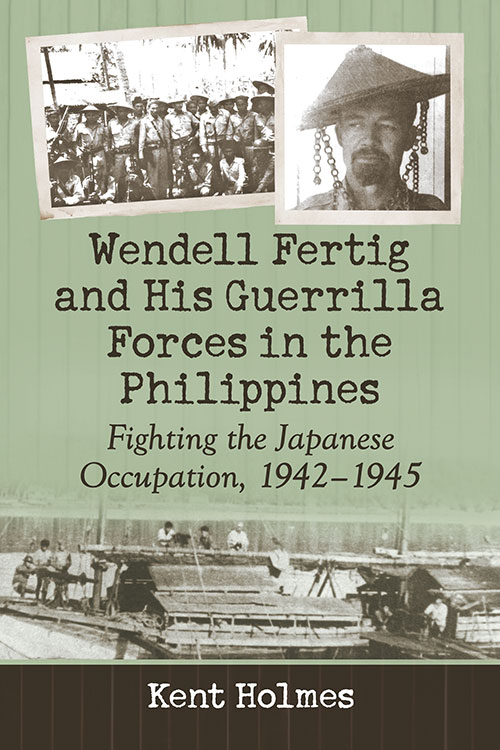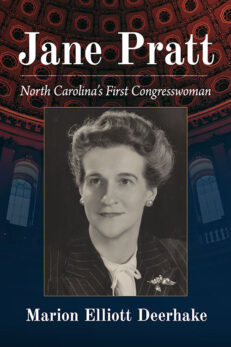Wendell Fertig and His Guerrilla Forces in the Philippines
Fighting the Japanese Occupation, 1942–1945
$29.95
In stock
About the Book
Creating a guerrilla movement to fight the Japanese occupation of the Philippines (1942–1945) presented Colonel Wendell Fertig with some formidable challenges. Unlike the other islands in the archipelago, Mindanao had a large Moslem (Moro) population. Using Moro and American leadership he brought the Moro people into the movement. Fertig lacked good communication with MacArthur’s headquarters in Australia. With ingenuity and talented technical personnel he solved this problem, and increased the logistical support for the guerrillas by submarine from Australia.
As the force expanded, Fertig was fortunate to recruit leadership from 187 Americans—military and civilian—who had not surrendered to the Japanese. The resulting force, with its intelligence from coastal watch stations, added six guerrilla divisions to U.S. military strength for the 1945 liberation of Mindanao, a contribution unique in the history of unconventional warfare.
About the Author(s)
Bibliographic Details
Kent Holmes
Format: softcover (6 x 9)
Pages: 244
Bibliographic Info: 21 photos, 4 maps, appendix, notes, bibliography, index
Copyright Date: 2015
pISBN: 978-0-7864-9825-3
eISBN: 978-1-4766-2118-0
Imprint: McFarland
Table of Contents
Maps viii
Preface 1
Introduction 3
1. Fertig’s Background and Engineering Experience 9
2. Assessment of the Situation 23
3. Development of a Guerrilla Movement 37
4. Connectivity with Australia 48
5. Japanese Presence, Disposition and Tactics on Mindanao 69
6. Guerrilla Organization, Strength, Disposition and Tactics 79
7. Logistical Support for the Mindanao Guerrillas 122
8. Intelligence Collection 134
9. Critique of Fertig’s Leadership 145
10. Magnitude of Responsibilities 159
11. Leadership Assessment 171
12. Legacy and Reflections on Guerrilla Warfare in the Philippines 184
Appendix: History of the Mindanao Guerrillas 191
Chapter Notes 219
Bibliography 225
Index 227
Book Reviews & Awards
- “Provides a wealth of information on how Americans and others creatively responded to a situation where they were outmanned and outgunned…a welcome addition to the literature on Mindanao in the twentieth century”—H-Net Reviews





